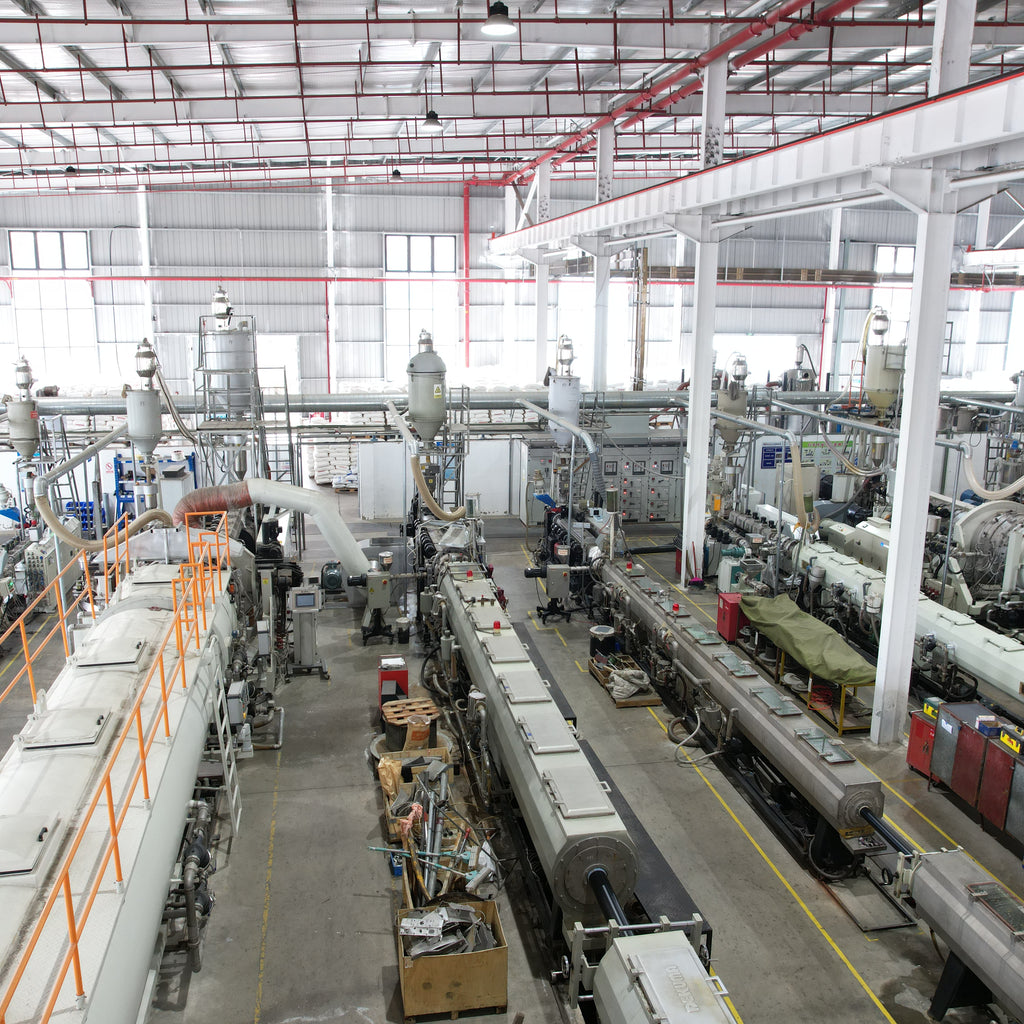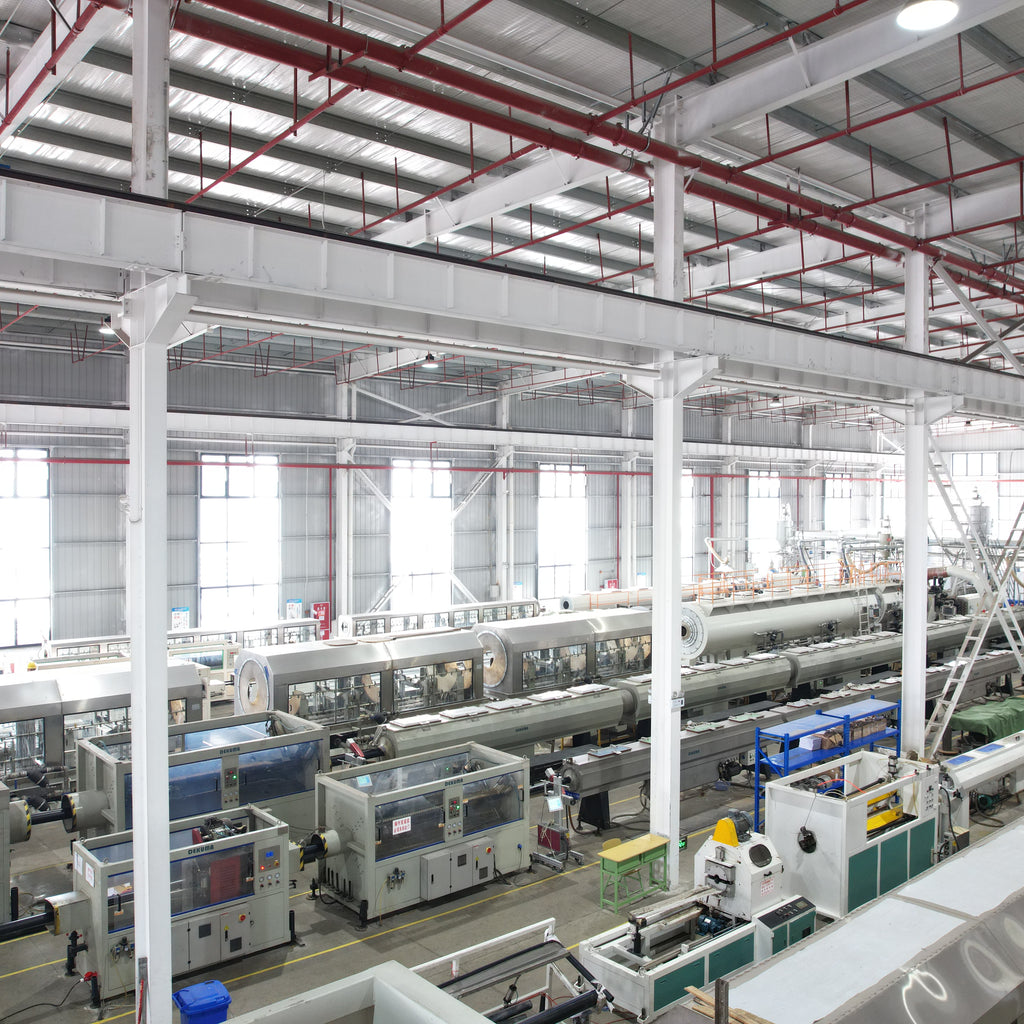In the United States, a significant push is underway to modernize and expand the pipeline infrastructure, aligning with the nation's evolving energy needs. The Energy Transfer's Rover Pipeline, a major artery for natural gas transportation, recently completed a $200 million upgrade, enhancing its capacity by 15% to meet the surging demand in the Midwest. This comes as the region pivots towards gas - fired power generation to replace aging coal - fired plants, in an effort to reduce carbon emissions.
Simultaneously, Canada is making strides in the oil sands pipeline sector. The Trans Mountain Expansion Project, after years of regulatory hurdles, has now reached 80% completion. Once fully operational, it will triple the capacity to transport crude oil from Alberta's oil sands to the West Coast, opening up new export opportunities to Asia. However, environmental groups continue to voice concerns over the project's potential impact on wildlife habitats and carbon footprint.
Europe's pipeline landscape is undergoing a radical transformation, driven by geopolitical tensions and the push for decarbonization. The Nord Stream 2 pipeline, which was designed to double the amount of Russian gas flowing directly to Germany under the Baltic Sea, remains in limbo. With the ongoing political unrest between Russia and Ukraine, and subsequent European Union sanctions on Russia, the future of the pipeline is uncertain. Germany has suspended the certification process, leaving billions of dollars of investment in a state of flux.
On the other hand, the continent is accelerating the development of hydrogen pipelines as part of its green energy strategy. The HyUnder project in the Netherlands, a collaboration between major energy companies, aims to build a 100 - kilometer hydrogen pipeline network by 2026. This initiative is crucial for the large - scale adoption of hydrogen as a clean energy carrier, especially in the industrial and transportation sectors.
In Asia, China is leading the charge with ambitious pipeline projects. The China - Russia Eastern Gas Pipeline, also known as the "Power of Siberia" pipeline, has reached full capacity, delivering 38 billion cubic meters of natural gas per year from Russia to China. This long - term supply deal not only strengthens the energy security of both countries but also reshapes the global gas market.
India, too, is ramping up its pipeline infrastructure. The Pradhan Mantri Urja Ganga project, a 2,655 - kilometer gas pipeline network, is set to be completed by the end of this year. It will connect the eastern states of India to the national gas grid, providing clean energy to millions of households and industries. The project is a cornerstone of India's efforts to increase the share of natural gas in its energy mix from the current 6% to 15% by 2030.
The Middle East, a global powerhouse in oil and gas production, is investing heavily in expanding its pipeline infrastructure to maintain its position in the international energy market. Saudi Arabia's Aramco is planning a $5 billion expansion of its East - West Crude Oil Pipeline. This expansion will increase the pipeline's capacity to transport oil from the Eastern Province to the Red Sea coast, enabling the kingdom to better serve its customers in Europe and Asia.
In addition, the region is exploring new markets for its gas exports. Qatar, the world's largest liquefied natural gas (LNG) exporter, is considering building a pipeline to supply gas to neighboring countries in the Gulf Cooperation Council (GCC). This move could reduce Qatar's reliance on LNG tankers and open up new opportunities for regional energy integration.
Across the globe, the pipeline industry is embracing technological advancements to improve efficiency, safety, and environmental performance. Smart pipelines, equipped with sensors and artificial intelligence (AI) systems, are becoming the norm. For example, BP has deployed a state - of - the - art AI - based leak detection system in its North Sea pipelines. The system uses machine learning algorithms to analyze real - time data from thousands of sensors, enabling it to detect even the smallest leaks within seconds, significantly reducing the risk of environmental disasters.
Another major innovation is the use of drones for pipeline inspection. In Australia, Woodside Energy has been using drones equipped with high - resolution cameras and infrared sensors to inspect its pipeline networks in remote areas. This not only reduces the need for manual inspections, which can be dangerous and time - consuming, but also provides more accurate and detailed data on the condition of the pipelines.
As the global pipeline industry continues to evolve, it faces a complex web of challenges and opportunities. From geopolitical uncertainties to the urgent need for decarbonization, pipeline operators and policymakers must navigate these issues to ensure a reliable, sustainable, and secure energy future.



